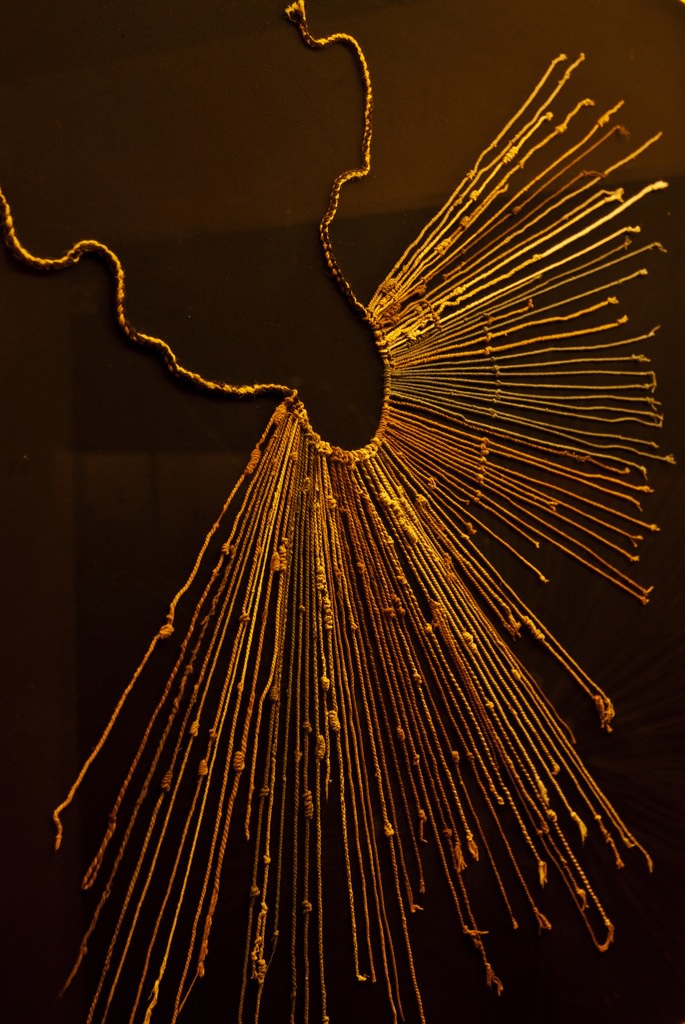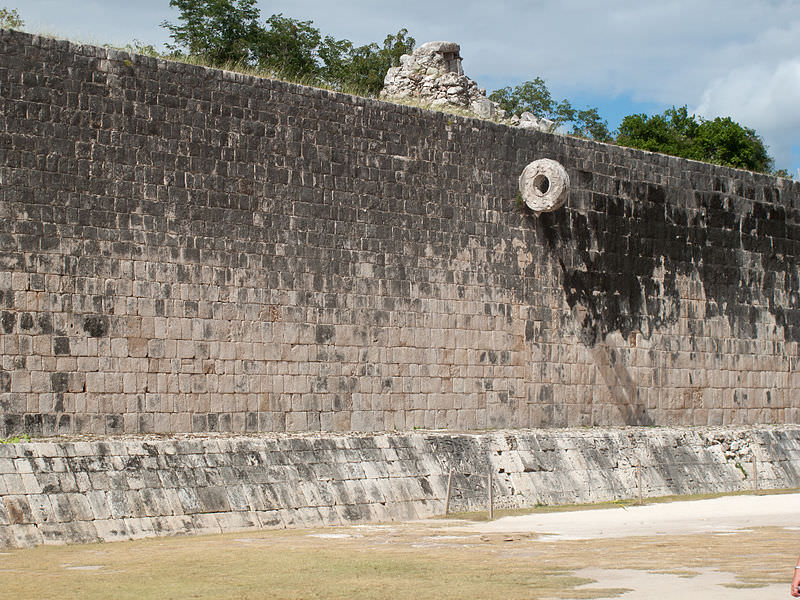The Inca Empire, renowned for its monumental architecture, advanced engineering, and sophisticated societal organisation, achieved remarkable feats without the aid of a written language. Instead, the Incas relied on a unique system of knotted strings known as “quipu” to record information, communicate messages, and administer their vast empire. Let’s delve into the fascinating world of the Inca quipu, exploring why they had no written language, what the quipu was, when and where it was used, and how it functioned as a crucial tool of governance.
Why Did the Incas Have No Written Language?
The absence of a written language in the Inca Empire was not due to a lack of intellectual or cultural sophistication. Rather, the Incas developed alternative methods of communication and record-keeping suited to their unique cultural and environmental context.
The rugged terrain of the Andes Mountains, where the Inca Empire flourished, presented significant challenges for traditional forms of writing and documentation. Without access to abundant flat surfaces for inscribing texts, the Incas turned to more portable and adaptable means of information storage.
What Was the Quipu?
The quipu, meaning “knot” or “knot-tying” in Quechua, was a system of knotted strings used by the Incas for record-keeping, numerical calculations, and communication. Each quipu consisted of a main cord from which hung multiple subsidiary cords, each adorned with a series of knots and sometimes dyed in different colours.
The knots on the quipu were not random; instead, they conveyed specific information through their position, type, and arrangement. Different types of knots represented numerical values, while the position of knots along the cords indicated units, tens, hundreds, and so forth. Colour-coded cords and knot patterns further differentiated categories of data, such as agricultural production, census figures, or tribute payments.
When and Where Was the Quipu Used?
The quipu was used throughout the Inca Empire, which encompassed a vast territory spanning modern-day Peru, Ecuador, Bolivia, and parts of Chile and Argentina. Its usage extended across all aspects of Inca society, from administrative record-keeping in the capital city of Cusco to local governance in provincial towns and villages.
While the exact origins of the quipu are uncertain, archaeological evidence suggests that similar knot-tying techniques may have been employed by pre-Inca civilisations in the Andean region. However, it was under the Inca Empire that the quipu reached its pinnacle as a sophisticated system of data storage and communication.
How Did the Quipu Function?
The quipu served as a versatile tool for the Incas, facilitating the collection, organisation, and transmission of information across vast distances and diverse environments. Trained specialists known as “quipucamayocs” were responsible for creating and interpreting quipus, possessing the knowledge and skills to decipher the intricate knot patterns and numerical codes.
In addition to numerical data, the quipu could convey non-quantitative information through the arrangement and colour-coding of cords. Historical accounts suggest that the quipu was also used for mnemonic purposes, aiding in the preservation and transmission of oral traditions, genealogies, and myths.
Legacy of the Quipu
Despite the demise of the Inca Empire following the Spanish conquest in the 16th century, the legacy of the quipu endures. While the precise meanings of many quipus remain elusive to modern scholars, ongoing research and interdisciplinary studies are shedding new light on their significance and potential applications.
Moreover, the quipu serves as a poignant reminder of the ingenuity and adaptability of ancient civilisations, demonstrating how human societies develop innovative solutions to meet the challenges of their environment. In an era dominated by written languages and digital communication, the quipu stands as a testament to the diversity of human creativity and expression.
In conclusion, the Inca Empire’s use of the quipu as a substitute for a written language offers a fascinating glimpse into the complexities of ancient Andean civilisation. Through its intricate knot-tying techniques and colour-coded cords, the quipu enabled the Incas to record and communicate vast amounts of information, leaving a lasting legacy that continues to intrigue and inspire scholars and enthusiasts alike.





